Top 5 Hardware Synthesizers of 2018 by Moog, Behringer, Korg, Dreadbox, Arturia
Which hardware synthesizers really took us to new places in 2018? Which ones should be on everyone’s wish list and were there any that really stood out above the crowd? The problem is that there’s so much awesome gear these days that decided on just 5 is a bit of a tall order.
My only criteria are that the synth became available to buy in 2018, not just some distant Kickstarter, and you could have one in your hands right now. In no particular order:
Moog One
We begin with the big one, the Moog One, the most anticipated and fawned over polyphonic synthesizer since the MemoryMoog. The Moog One taps into everything we love about enormous synthesizers and the lifestyle it suggests if we could only afford it. Sure, there’s been the people-pleasing Grandmother and the Moog Synthesizer IIIp but it’s the One that captures that whole classic synthesizer powerhouse vibe in a lovely wooden frame.
It’s a dream of a synth: 3 part multi-timbral, 8 or 16 voice polyphonic, 3 newly-designed dual-output analog VCOs (per voice) with ring mod and FM, 2 independent analog filters, a dual analog noise source, analog mixer with external input, 4 LFOs and 3 envelope generators. Each of the parts is an independently addressable polysynth with its own sequencer, arpeggiator and onboard effects library. They say the analog signal path of one voice is more powerful than a Minimoog Voyager.
The Moog One is already a classic.
Behringer Neutron
At the complete other end of the scale is the humble and very red Behringer Neutron. It’s the synth that proves to the world that Behringer doesn’t have to blatantly copy another synth to make something cool, it can build a synthesizer of its own. Of course, it’s in the style of many other monosynths but this one feels very much like its own product.
The $299 price tag makes it the perfect entry level synthesizer, or just cheap enough for a synthesizer to fan to justify adding it to their collection. With all that monophonic potential and modulation power it’s going to be useful somewhere. It has that dual oscillator, SH-101 and Prophet 5 sound, a gritty filter, BBD delay and overdrive and more patching than you have cables for. It’s fun, fruity and fabulous value.
Korg Prologue
The Prologue feels like a proper modern polysynth. Filled with cutting-edge technology while honouring the vintage components that went before it. It offers a modern user experience but with the hands-on control we’ve all come love all over again.
Korg has been the one major company that’s understood our hunger for cool new synthesizers. The Prologue in 8 and 16 voice versions feeds into our need for hands-on control and a familiar synthesis architecture. Along with two analog VCOs the Prologue has a digital oscillator that’s been opened up to users and developers to be anything you want. It could be FM or wavetable, modulation or effects but there are a lot more possibilities to come.
Minibrute 2 and 2S
These were a surprise from Arturia. An overhauled Minibrute and its sequencer styled sister came complete with the introduction to Arturia’s modular case system.
Version 2 is bigger, fatter and fuller than the original with a greatly expanded patch bay. It has 2 oscillators, a filter, 2 LFOs, a looping AD envelope, a Metalizer, glide and the all-important Brute Factor. The dual release with the sequencer version is really quite innovative, opening up what would have been a keyboard synth to a wider audience who want to do more than bash keys. It has a nicely vintage look and there are 48 patch points to integrate brilliantly with their RackBrute Eurorack case into which the Minibrute 2 can integrate. Nice.
Dreadbox Medusa
The Dreadbox Medusa is probably not what you think. It’s very different to anything Dreadbox has done before and that’s put a lot of people off. But if you dig a bit deeper you’ll discover an amazingly creative interface and box for sound and melodic rhythm design.
Dreadbox has 3 analogue oscillators, noise generation and 3 wavetable oscillators. In some ways it’s a clash of cultures in a Hybrid synth where everything is hands-on but not at the same time. There’s up to 6 voices of polyphony through a single signal path, a load of modulation and loopable envelopes. But things get really interesting in the Polyend devised Grid. It can be a sounds trigger, a sequencer, a modulator or a song arranger. You can do everything per step, having different setups and modulation on every one it’s the most fully featured integrated sequencer and controller we’ve seen in a long time.
Summing up
How does that line up with what impressed you this year? There’s plenty more to come. Behringer has half a dozen in production now and NAMM 2019 is only a month away so we have lots of synthesizing to look forward to.
2 responses to “Top 5 Hardware Synthesizers of 2018 by Moog, Behringer, Korg, Dreadbox, Arturia”



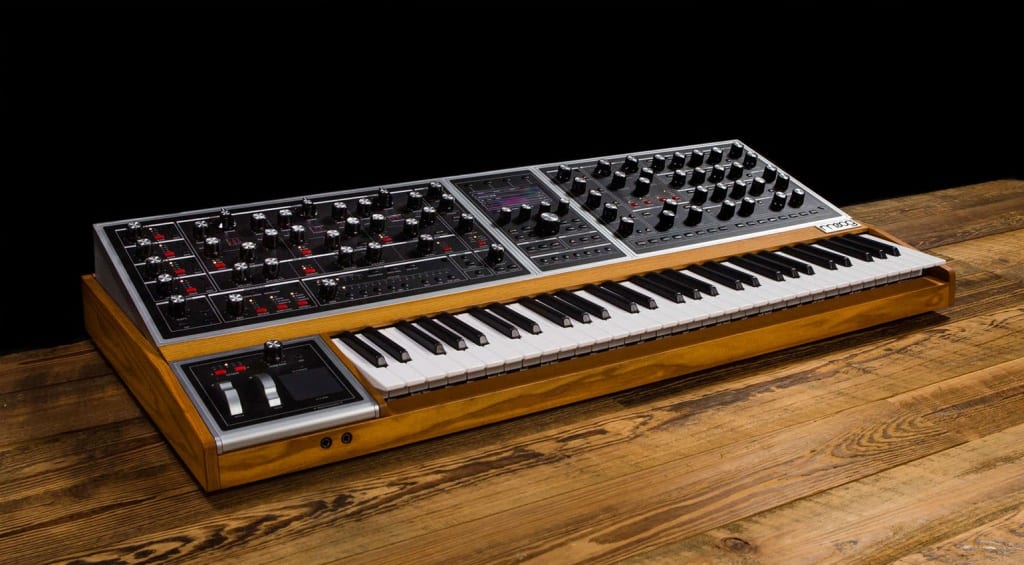


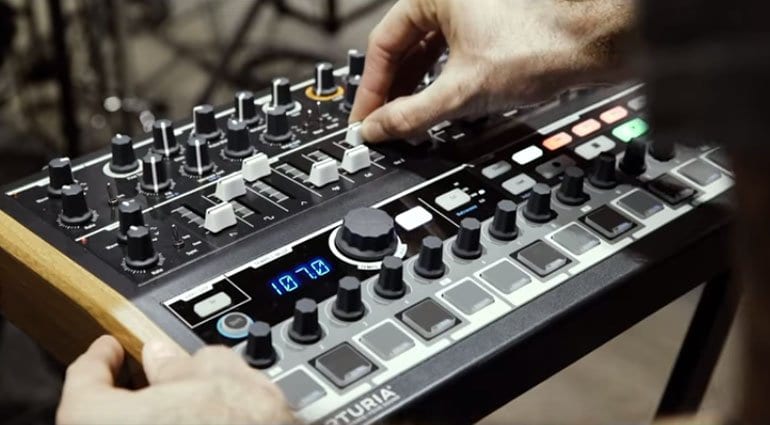
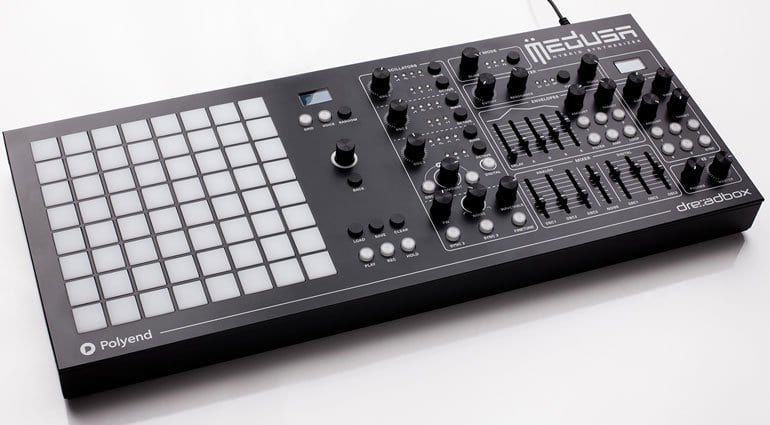


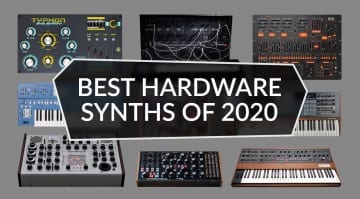
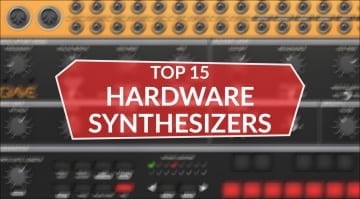
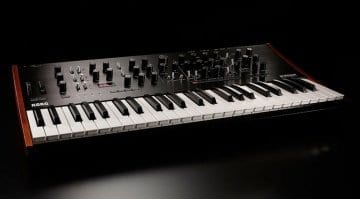
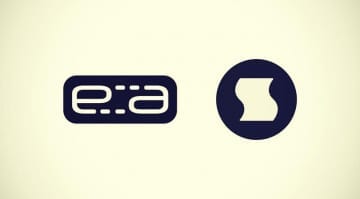

You should take a look at the Synthstrom Deluge. It really is a great machine. Synth, sampler, sequencer, FX…
Yes indeed, but released in 2016